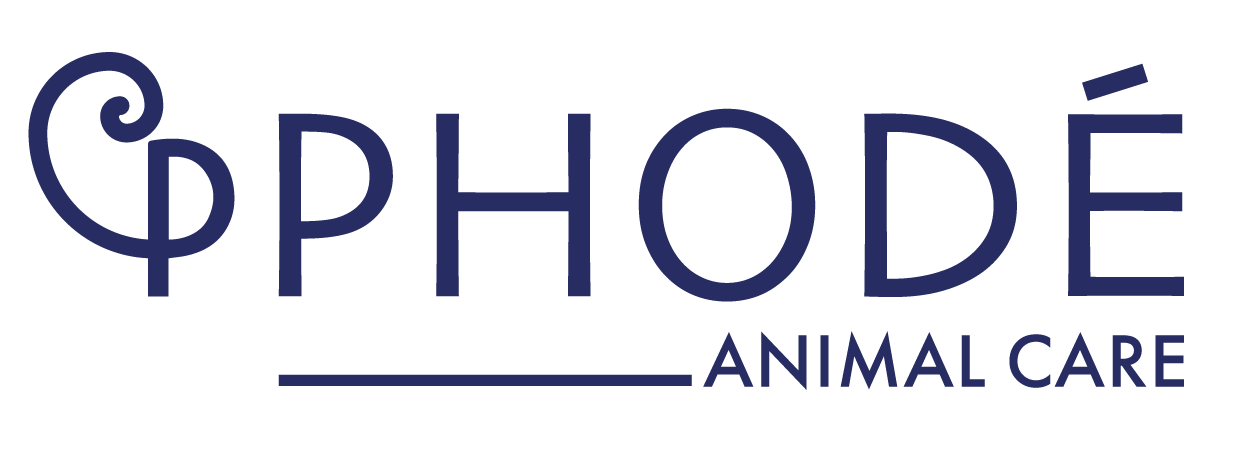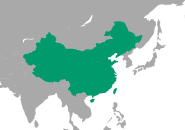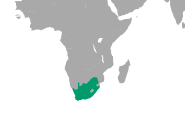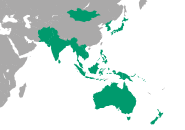Helping you meet
the challenges of poultry production
Poultry is the world’s leading source of animal protein. Faced with growing demand, broiler poultry production has soared in recent decades. Egg production has also increased considerably, and the poultry sector has expanded and industrialised in many parts of the world.
Adding to this expansion are the expectations and demands of consumers. Stopping the use of antibiotics or growth factors, while guaranteeing optimal conditions for animal well-being and sustainable production, is becoming the new standard. But meeting these requirements while maintaining a high level of productivity is no easy task.
To help you rise to these challenges, Phodé can support you in implementing innovative sensory solutions for poultry feed. Our aim is to place each animal in the optimal conditions for a successful combination of well-being and performance.
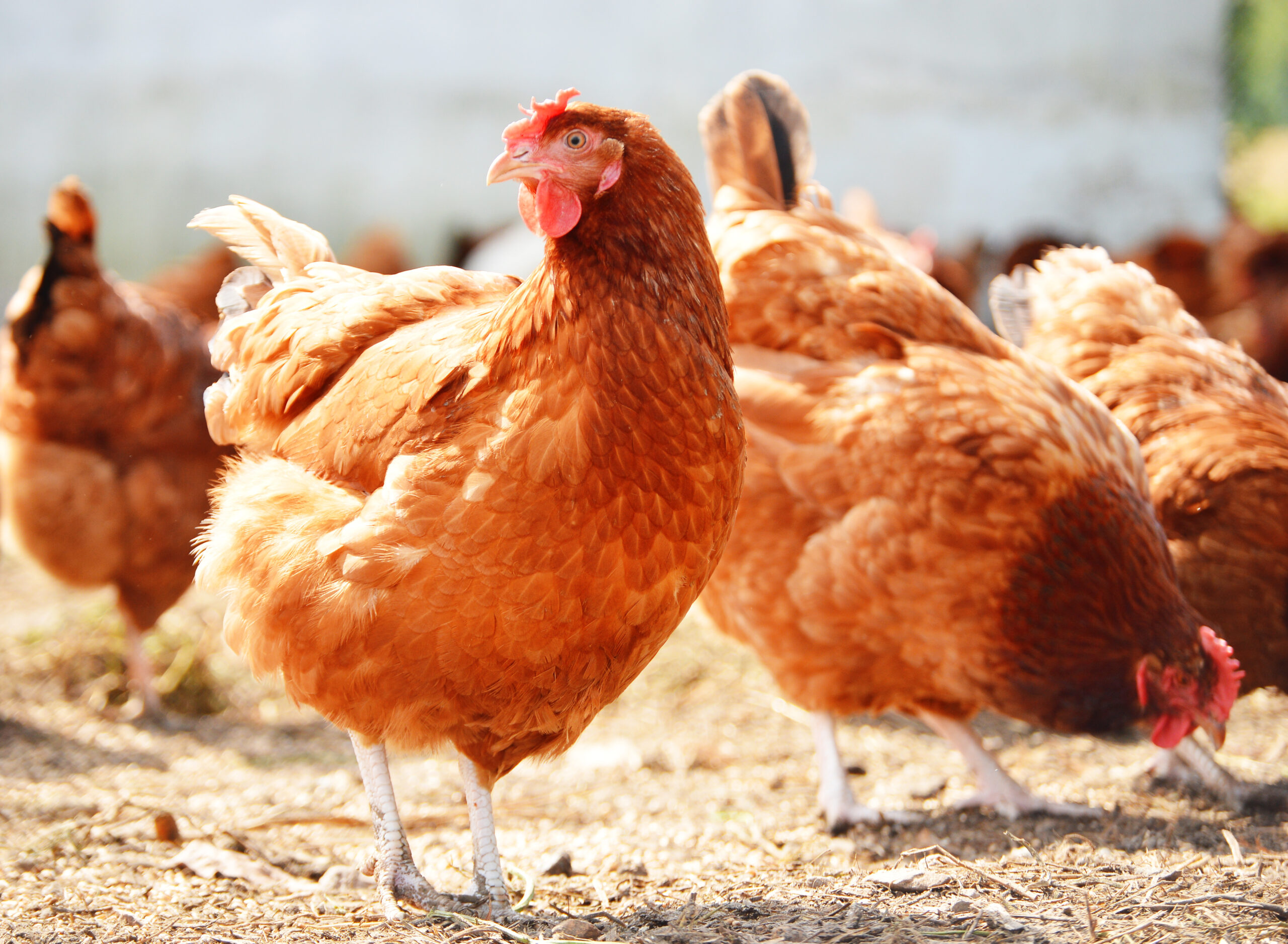
Select the issue that interests you for each production :
Key Challenges in Broiler:
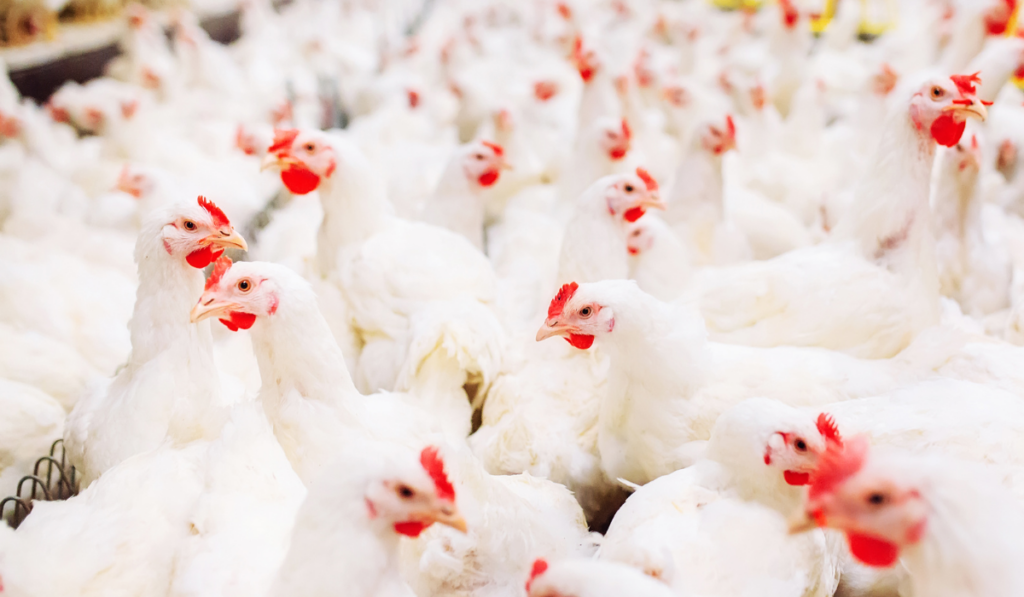
-
Chick Starting
-
Growth and Performance
-
Reducing Feed Costs
-
Heat Stress
-
Antioxidant Balance
-
Carcass Quality Reduction and Scratching
-
Make it Easier to Pick Up your Poultry
Starting is an essential phase in the development of young poultry. Ensure optimal feed intake for successful, uniform growth: Activate olfaction!
This is a well-known challenge that is vital to the profitability of production. Pair your nutritional expertise with our solution based on exclusive plant extracts
Are you looking to reduce the impact of raw material costs? A comprehensive nutritional strategy and a synergy of exclusive plant extracts will help you do just that
When temperatures rise, animals consume less feed, with a direct impact on performance. Adjust animal behaviour and help them adapt by harnessing the power of olfaction
Helping ensure a good oxidative balance in poultry is key to optimising their performance and natural vitality
The reduction in carcass quality is due to abnormal aggressive behaviour triggered by stress (transport, population density). Find out how to avoid carcass quality reduction.
Picking up poultry is stressful for them. Make it easier with our solution
Key Challenges in Laying Hens:
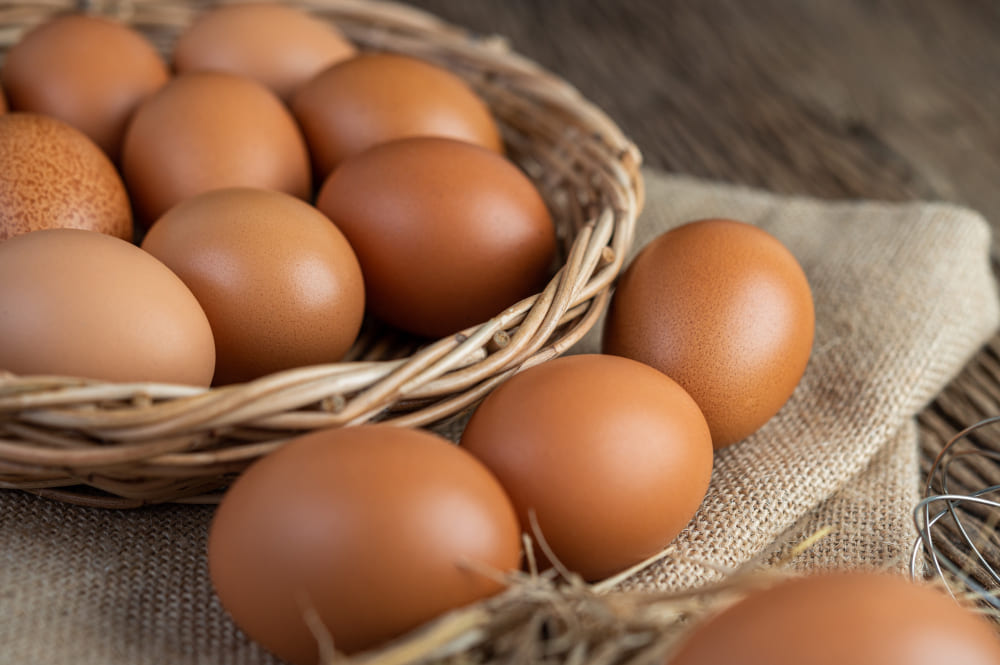
-
Starting Pullets
-
Heat Stress
-
Peak laying period
-
Productivity
-
Curbing the Strain of Poultry Red Mites
-
Pecking
-
Antioxidant Balance
An essential step in laying hen farming, ensure optimal feed consumption for homogeneous growth and batches.
When temperatures rise, animals consume less feed and drink less, with a direct impact on performance. Adjust animal behaviour and help them adapt by harnessing the power of olfaction
During this phase when your hens’ needs increase intensely, it is essential to get the most out of their feed. Our solution based on exclusive plant extracts is excellent for making the most of feed in livestock farming
Optimising feed efficacy and maintaining digestive balance in poultry is key to economic performance in livestock farming. You’ve come to the right place!
Poultry Red Mites have a serious impact on the well-being of laying hens. Find out how to better protect your poultry.
Abnormal aggressive pecking behaviour is triggered by stress (population density, handling). Discover the benefits of our olfactory solution to create a serene atmosphere and ensure the well-being of your poultry.
The addition of a natural antioxidant supplement is important to supporting proper oxidative balance and vitality in poultry, a factor that influences their performance. Discover the antioxidant power of our grape-seed extract-based solution
Our Poultry Solutions
Our solutions are suited to the production of broilers, ducks, turkeys and guineafowl, as well as laying hens.
Need help choosing the right product for you?
Check out our articles

Life Cycle Assessment (LCA) in animal feed
Life Cycle Assessment (LCA) in animal feed: How to Evaluate
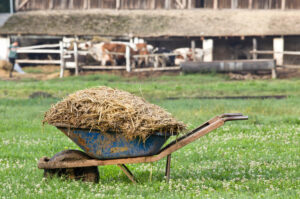
Nitrogen emissions: how can animals contribute to their reduction?
The primary objective of livestock farming will always remain to

Phytogenics are definitely here to stay
After the EU ban on antibiotics as growth promoters from
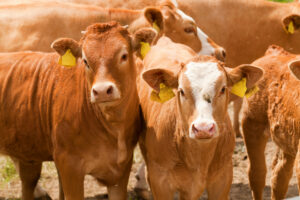
Antibiotic alternatives: Why do we need them?
Spurred by a major global concern regarding antimicrobial resistance, there
